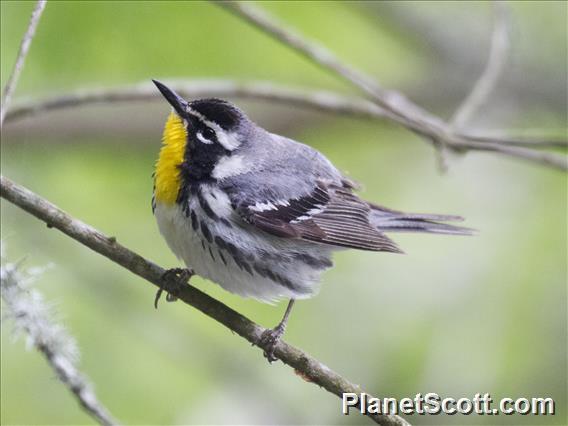Yellow-throated Warbler (Setophaga dominica)

Yellow-throated Warbler (Setophaga dominica)
×


Yellow-throated Warbler (Setophaga dominica)
About Yellow-throated Warbler (Setophaga dominica)
- Kingdom: Animals
- Phylum: Chordates
- Class: Birds
- Order: Perching Birds
- Family: New World Warblers
The yellow-throated warbler is a small migratory songbird species in the New World warbler family (Parulidae) found in temperate North America.
Source: Wikipedia
Visits
-
2007-06-15
Belleplain State Forest, United States of America -
2007-06-16
Cape May National Wildlife Refuge - Cedar Swamp, United States of America -
-
2009-01-27
Barton Creek, Belize -
2011-11-19
Ferry Plaza, United States of America -
2013-04-19
Bolivar Peninsula, United States of America -
2014-01-20
Zapoten, Dominican Republic -
-
-
-




